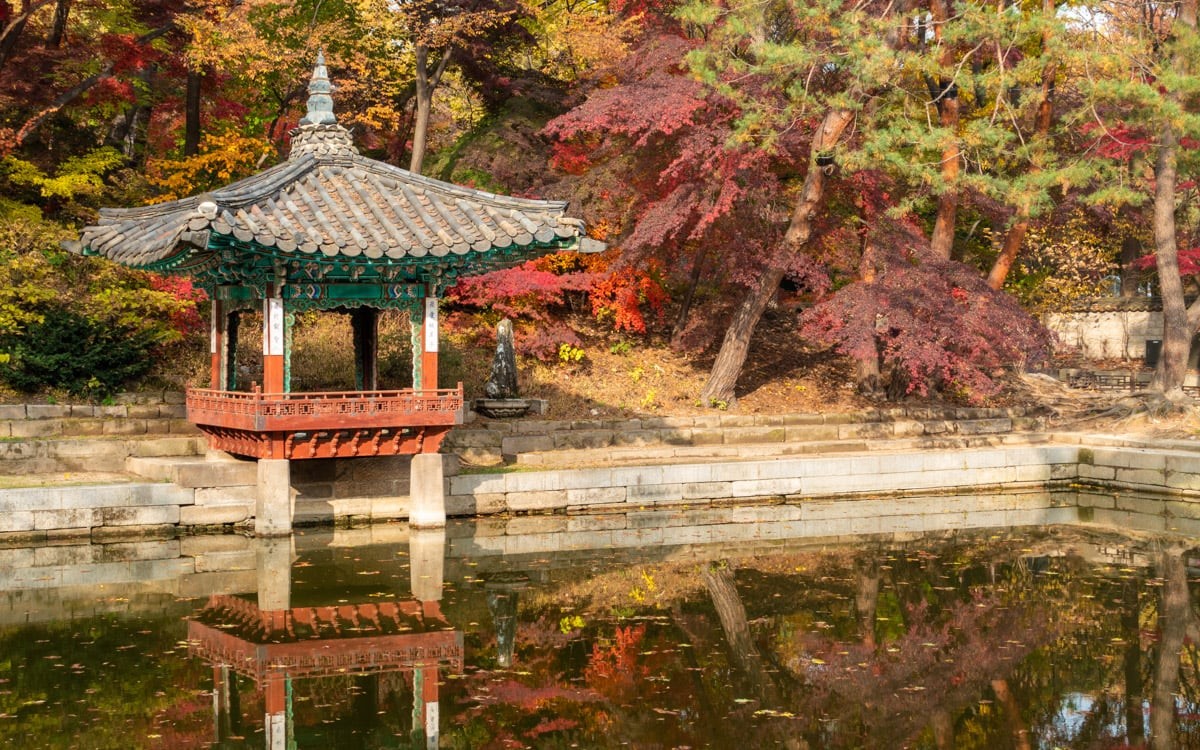
Budapest: The City of History and Culture in the Heart of Europe
Budapest, the capital and largest city of Hungary, is one of the most captivating cultural, historical, and natural treasures of Central Europe. Located on both sides of the Danube River, the city was formed by the unification of Buda and Pest. Carrying the influences of both Western and Eastern European cultures, Budapest attracts millions of tourists every year with its stunning architecture, thermal baths, and deep-rooted history.
History of Budapest
The history of Budapest dates back to the Roman Empire. In the area where Buda now stands, there was a Roman settlement known as Aquincum, an important military and trade center. In the 9th century, Hungarian tribes settled in the region, establishing their dominion, and Budapest became one of the key cities of the Kingdom of Hungary.
During the Middle Ages, Buda was the capital of Hungarian kings, but in the 16th century, the Ottoman Empire captured the city, beginning a long period of Ottoman rule. During this time, Budapest became famous for its baths and thermal springs. In 1686, the city came under the control of the Habsburg Empire. In the 19th century, as Hungary became a significant part of the Austro-Hungarian Empire, Budapest experienced rapid development.
In 1873, Buda and Pest, located on opposite sides of the Danube River, were united to form Budapest. By the early 20th century, Budapest became one of Europe’s fastest-growing and modernizing cities. Despite heavy destruction during World War II, the city was rebuilt and is now one of Europe’s most sought-after tourist destinations.
Top Places to Visit in Budapest
-
Buda Castle is one of the city’s most important historical structures, situated on a hill overlooking the Danube River. Built in the 13th century, it served as the home of Hungarian kings. Today, it houses the Hungarian National Gallery and the Budapest History Museum. The view of the city from the castle is breathtaking, especially with the stunning night lights.
-
Parliament Building One of Budapest’s most iconic landmarks, the Parliament Building is one of the largest and most impressive parliamentary structures in Europe. Built in the late 19th century, this massive building features neo-Gothic architecture and stands majestically along the Danube River. Visitors can take guided tours to explore the building’s interior and learn more about Hungary’s history and politics.
-
Chain Bridge (Széchenyi Lánchíd), spanning the Danube, was the first permanent bridge to connect Buda and Pest, completed in 1849. This iconic structure is one of Budapest’s major symbols, linking the city’s historical and modern sides. Walking across the bridge offers stunning views of the city and the majestic Danube River.
-
Gellért Hill and Liberty Statue One of the highest points in the city, Gellért Hill, offers a fantastic panoramic view of Budapest. At the top of the hill stands the Liberty Statue, erected in 1947 to commemorate the Soviet liberation of the city from Nazi occupation. This site is both historically significant and visually impressive.
-
Heroes' Square (Hősök tere) is one of the largest and most striking squares in Budapest. Built in 1896 to mark the 1000th anniversary of the Hungarian conquest of the Carpathian Basin, the square features statues of important historical figures from Hungary’s past. In the center stands a tall column, topped by the Archangel Gabriel holding a cross and the Hungarian royal crown.
-
Széchenyi Thermal Bath Budapest is renowned for its thermal baths, and the Széchenyi Thermal Bath is the largest and most famous. Built in the early 20th century, this spa is known for its healing thermal waters and is a popular spot for both locals and tourists. Visitors can relax in both indoor and outdoor pools and experience Budapest’s famous bath culture.
-
Margaret Island is a peaceful green haven in the middle of the Danube River, offering an escape from the city’s bustle. It features walking paths, sports facilities, gardens, and historic ruins. The island is a perfect spot for relaxation and outdoor activities, and in summer, it hosts open-air theaters and musical events.
-
Matthias Church is one of Budapest’s most beautiful and oldest religious buildings. Built in the 14th century, the church is known for its Gothic architecture and colorful tiled roof. It has hosted many royal weddings and coronation ceremonies throughout history. Next to the church is the Fisherman's Bastion, offering some of the best panoramic views of Budapest.
Budapest is one of Europe’s most enchanting cities, filled with both historical and cultural richness. With its stunning views along the Danube River, magnificent architecture, and peaceful natural spaces, Budapest offers an unforgettable experience for every traveler. Whether exploring the historical streets or enjoying the city’s modern cafes and restaurants, Budapest reveals a new charm around every corner.





